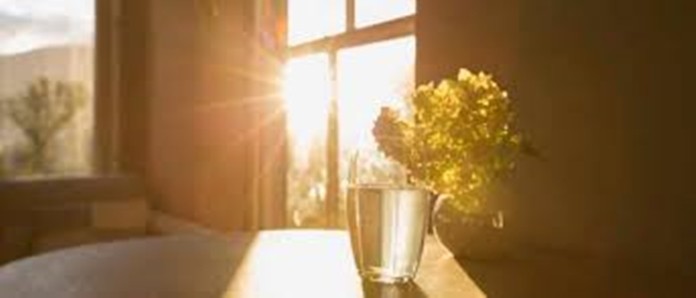
What is professional photography really like? Is everyone a new Richard Avedon with a retinue of assistants and conferring with art directors? Or do you imagine it is all pressures, deadlines and excitement?
In actual fact, it is all of the above and more, as much depends on what branch of professional photography you want to be in. There are very few “generalists” in pro photography these days, though all professionals have to be able to be flexible.
One of the most difficult branches is food photography. This is so specialized that there are people called food stylists who make the food look appetizing and even place the food on the plates.
Dedicated food photographers have a kitchen in their studios so that the food stylist can do their job of making great looking food, which in most instances is not edible. With dry ice being used to simulate steam, oil colors to give meat that nice pink color and shaving cream instead of real cream. There is legislation in some countries to stop these practices, but where are the inspectors?
If you are looking at photographs in a menu and everything is green, that is because the photographer shot under neon lights. And look at the wine photos – the reds come out looking black, but you have to know how to get over that problem. Food photography is filled with tricks and it can take a day to get the definitive shot. I once took a day and a half to shoot a leg of lamb, and that didn’t include catching and killing! Photographing six ice cream cones sitting in a row was another nightmare with melting ice cream everywhere.
Many photographers live by shooting brochures. The job comes from an art director who gives the photographer sketches of what they want and how it should look. Unfortunately, sometimes it is impossible to reproduce art work as images.
One job I did took one week of constant shooting with the slides processed every night. This was for a Japanese company which was going to build a five star hotel on Queensland’s Gold Coast. This was more like a book than a brochure, and the catch was that the hotel was not yet built, it was a vacant lot.
First item was to place the architect’s model of the proposed hotel on the vacant lot. To do this we had to hire a helicopter and shoot the vacant lot from a known height and the sun’s direction. Next was the photograph of the architect’s model in the studio and scaling it so that it fitted in with all the other hotels surrounding the vacant lot. The lighting had to mimic the sun’s lighting with the direction as seen from the helicopter. My calculations as to the angle of the sun and height of the model were spot on, and I was rather pleased with myself over that one.
The next day’s shooting called for the models sipping champagne on the terrace in the late afternoon. This would have been very easy if it hadn’t been raining! Fortunately I had a couple of tungsten stage lights which makes everything look as having an orange tinge and simulate the afternoon’s rays.
Why didn’t we just wait till the next day, which could be better weather? Simply because the “talent” (the fancy name for models) had been hired for one day only and there were penalty clauses if we couldn’t complete that shoot within that day.
We managed to complete the shoot on time and the book was printed and bound and sent to the Japanese company’s agents in Australia. They however, were unable to raise enough interest in the project and did not pay.
Fortunately, the art director had previous dealings with the company and had taken out insurance to cover production debts, so we did receive our money, but it was such a shame as the book was a work of art.
Of course, pro photographers look ahead to when they will retire. Placing images in a photo library was the usual practice, but with now everything an electronic image it is too hard to track down your own photos.
But No! I don’t do weddings.
 |
 |
 |





